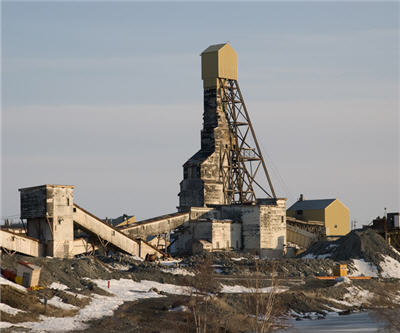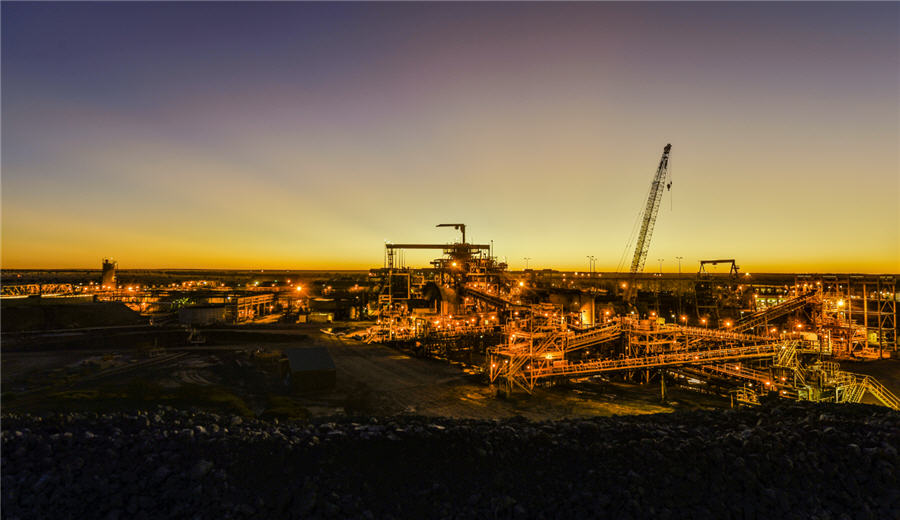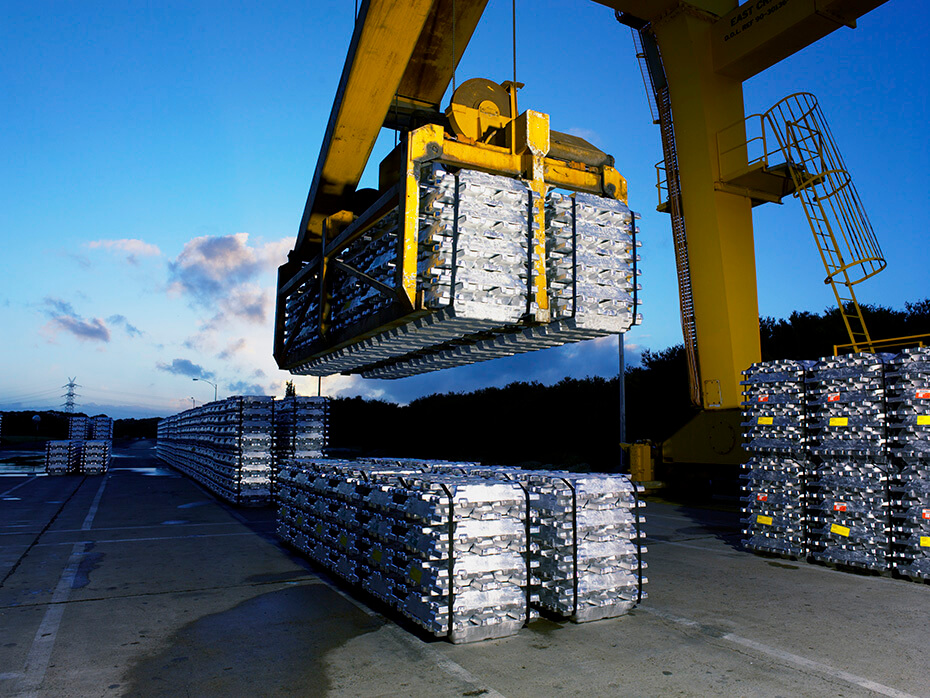Mine closure: Who pays giant costs?

At this link is my EduMine course on Mine Closure: The Basics of Success. One issue I do not address in the course is a looming tendency, namely should we tax existing mines to pay for closure of old mines?
This evening in a Vancouver pub, I drank the evening away with friends of forty and more years vintage. We have all been involved in mining for that many years and have seen our share of closed mines and mines that will never be closed. We drifted inexorably to the Giant Mine in Yellowknife, Northwest Territories, Canada.
Here is what I read today about the closure of that mine:
A northern review board has given its conditional stamp of approval to a federal cleanup plan for an abandoned gold mine near Yellowknife.
The main environmental hazard at Giant Mine is the 237,000 tonnes of highly toxic arsenic trioxide dust stored in 15 underground chambers — there’s enough to kill every person in the world. The arsenic trioxide is a byproduct from decades of gold mining.The mine is close to the shores of pristine Great Slave Lake. Environmentalists and Yellowknife residents alike are worried the dust could leach into the lake. The site is one of the most contaminated in the country, and it will cost close to $1 billion to clean up.
The federal government plans to freeze the arsenic in place, saying it is too difficult to remove all of the toxic dust. The plan is to use a method similar to how ice rinks are kept frozen — carbon dioxide would be circulated through pipes to keep the dust frozen underground.
In a 233-page report released today, the Mackenzie Valley Review Board says it will recommend the plan be approved as long as 27 conditions are met, including:
- shortening the timeframe for dealing with the underground arsenic from perpetuity to 100 years.
- facilitating ongoing research in emerging technologies for a permanent solution.
- requiring independent reviews of the project every 20 years to evaluate its effectiveness and decide if a better approach can be identified.
- treat water on site so that it will be at drinking water standards when it is released.
- suggestions for health monitoring in Yellowknife and nearby Dene communities.
- divert Baker Creek away from the mine.
- create an independent group to oversee the federal government’s work.
The board says the measures are required to address the significant adverse environmental impacts and public concern associated with the cleanup. The federal government’s plan to freeze the arsenic in place will go ahead, but the review board says it must be done in a way that the arsenic can be removed later if a better alternative comes up. It will fall to the federal government to implement most of the measures. It took over responsibility for the cleanup in 1999, when the last owner of the mine went bankrupt.
The point is that forever, the Canadian taxpayer will spend well over one billion dollars to keep this “closed” mine under control. If we, as taxpayers had had the choice, would we have ever approved the opening of this mine? I suppose the answer is NO.
One of this evening’s party mentioned that in Brazil a new proposal is afloat: tax the current mines and use the proceeds to close old mines like Giant. The reasoning is that the mining industry is somehow collectively responsible for the sins of the past and should, today, pay to remediate and expiate the sins of the past. My drinking buddy suggested that this idea is soon to take hold elsewhere, and could even raise its head here in Canada. Imagine: that would mean taxing current and new mines in Canada an additional billion or two to pay for past mines not properly closed. The actual tax would be far more than a billion. A billion is just about enough to deal with Giant; that leaves nothing for Faro and many other abandoned mines. So let us settle on four billion additional taxes to be paid by the current and new mines in Canada.
The alternatives is the alternative we currently implement: make the taxpayer pay. The logic of this approach is that the public benefitted from the mines and hence should now pay to deal with the resultant mess that yielded the past benefits.
A sound enough philosophy come to it. But the inevitable conclusion is this: if taxpayers of the future will have to pay for closing today’s mines, then surely they should have the right to decide if the new mine should be opened. For it is the public’s right to decide to accrue present benefits to be paid by way of future taxes to close said profit-generating mines. Or conversely to say “No new mine here, for the present profits and benefits do not outweigh the future burden of perpetual care.”
Current mines are well aware of this dilemma. See this link where Goldcorp writes about mine closure responsibilities. They state:
Within the last two weeks, a new campaign has emerged against Goldcorp on the topic of mine closure in Guatemala. Activists use statements such as “Guatemalans should not have to pay for Goldcorp’s Mess” and “Canadian mining company could leave impoverished Indigenous community with multi-million dollar bill to pay.”
Anyone who works with Goldcorp as an employee, vendor, partner or stakeholder would know, that’s just not the way we do business.
In order to understand more on this hotly debated issue, it is important to know how closure is embedded into overall mine planning. From the earliest stage of a mine’s lifecycle, companies must design how to open and close the mine in a feasible and responsible way. As a legal prerequisite for mining, companies must demonstrate that they have sound technical, environmental and social plans for mine closure as well as the funds set aside to complete the full closure project.
All of Goldcorp’s operations have closure plans in place which are reviewed annually to ensure that they are current and reflect any changes that may have occurred during the prior year. Goldcorp is committed to implementing closure plans that are designed to prevent long term adverse impacts on the environment (e.g., water, air and soil) and the surrounding communities (e.g., food, housing, education, and health).
The goal for all of our sites is to establish healthy ecosystems, a productive land use, and sustainable socio-economic conditions following mine closure. To this end, we work with communities and collaborators during the life of the mine to identify and support community development projects that are sustainable, have community ownership, and can be run independently of the mine in the long term.
Not only is Goldcorp committed to responsibly closing its own mines, it also works to remediate damaged lands from historic companies and operations. In Timmins, Ontario, Goldcorp’s environmental team from Porcupine Mine has invested substantial funds into transforming an abandoned historic mine site into flourishing habitat for bears and honey bees, wild grasses, trees and shrubs. This project is a collaboration with local Aboriginal community elders to integrate traditional knowledge and modern rehabilitation techniques. The Canadian Land Reclamation Association awarded the project the national 2011 Tom Peters Memorial Mine Reclamation Award.
The fascinating part of this statement is the implicit acknowledgement that the current mines are paying to fix up old, abandoned mines. Note that the taxpayer is not paying to deal with the Porcupine Mine. Goldcorp is. So maybe the Brazil Principle of make current mines pay to close old mines is already in place in Canada?
Of course government prevaricates. See this statement at a link I cannot now locate:
For more than a hundred years, mines have been operating in Canada’s North, providing important economic benefits, not only for northerners, but to all Canadians. Mining in the North has been good for Canada. A rough estimate of the cumulative value of metal and mineral production for the three territories since 1977 is over $18 billion.
However, some mining operations closed without adequately addressing their clean-up and reclamation responsibilities, leaving hundreds of millions of dollars of clean-up costs to the federal government. While this represents a relatively small percentage of the economic benefit, in absolute terms it still amounts to a substantial burden on the government’s accounts.
The Department of Indian Affairs and Northern Development (DIAND ) continues to look for opportunities to improve the way it carries out its resource management responsibilities. DIAND considers the development of the Mine Site Reclamation Policy for the Northwest Territories an important new step in the development of a comprehensive mineral resource management component of the Department’s Sustainable Development Strategy.
The public is becoming more concerned about the growing number of insolvencies and abandoned mining properties, which are leaving significant environmental liabilities. This increased consciousness has led to outward expressions of concern and questioning of support for mining in the North.
So there we have it: $18 billion in profits and a mere $1 billion in residual costs to be born by current and future taxpayers. Sounds like a bargain!
Yet on wonders. Is this yet another example of my generation living high on the hog at the expense of future generations? Is this moral? Is this how I, as a decent person, should expect to live: enjoying untold benefits and wealth at the expense of my children and grandchildren?
My first answer is YES. Damn it; I have paid a lot to educate them etc. I have forgone pleasure to buy them shoes when mortgage rates were 18%. I still send them large sums to do masters degrees. I have needed ever cent I earned to bring them up, to give them opportunities I did not have, and to fritter away hours on cell phones and iPads and iPods. In fact it is they who will reap the benefits of my past work and income. Surely they can be expected to pay back a bit of it to close the abandoned mines that make their current luxury possible?
It is all summed up by a paper at this link where they write:
Close to $1 billion of cleanup liabilities were transferred and a full, permanent release from all past and future liabilities was granted to Aventis CropScience by the US EPA with regards to the Iron Mountain Mines in California, one of the largest and most difficult Superfund sites in the USA. An Environmental Liability Transfer agreement provided a comprehensive solution to address all environmental liabilities at the site, which were the responsibility of Aventis’s parent corporation Rhone-Poulenc following its 1987 acquisition of Stauffer Chemical.
Thus it transpires: the government takes over and depending on its power, makes & pays for closure. Stand by! This discussion is not yet ended. It will persist for perpetuity. ![]()
For more from Jack Caldwell, see his blog, I Think Mining.
More News
South32 posts lower third-quarter manganese output
The world's biggest producer of manganese ore produced 476,000 wet metric tons last quarter.
April 16, 2025 | 03:48 pm
Alcoa reports $20 million tariff hit on imports from Canada
April 16, 2025 | 03:42 pm
{{ commodity.name }}
{{ post.title }}
{{ post.date }}





Comments